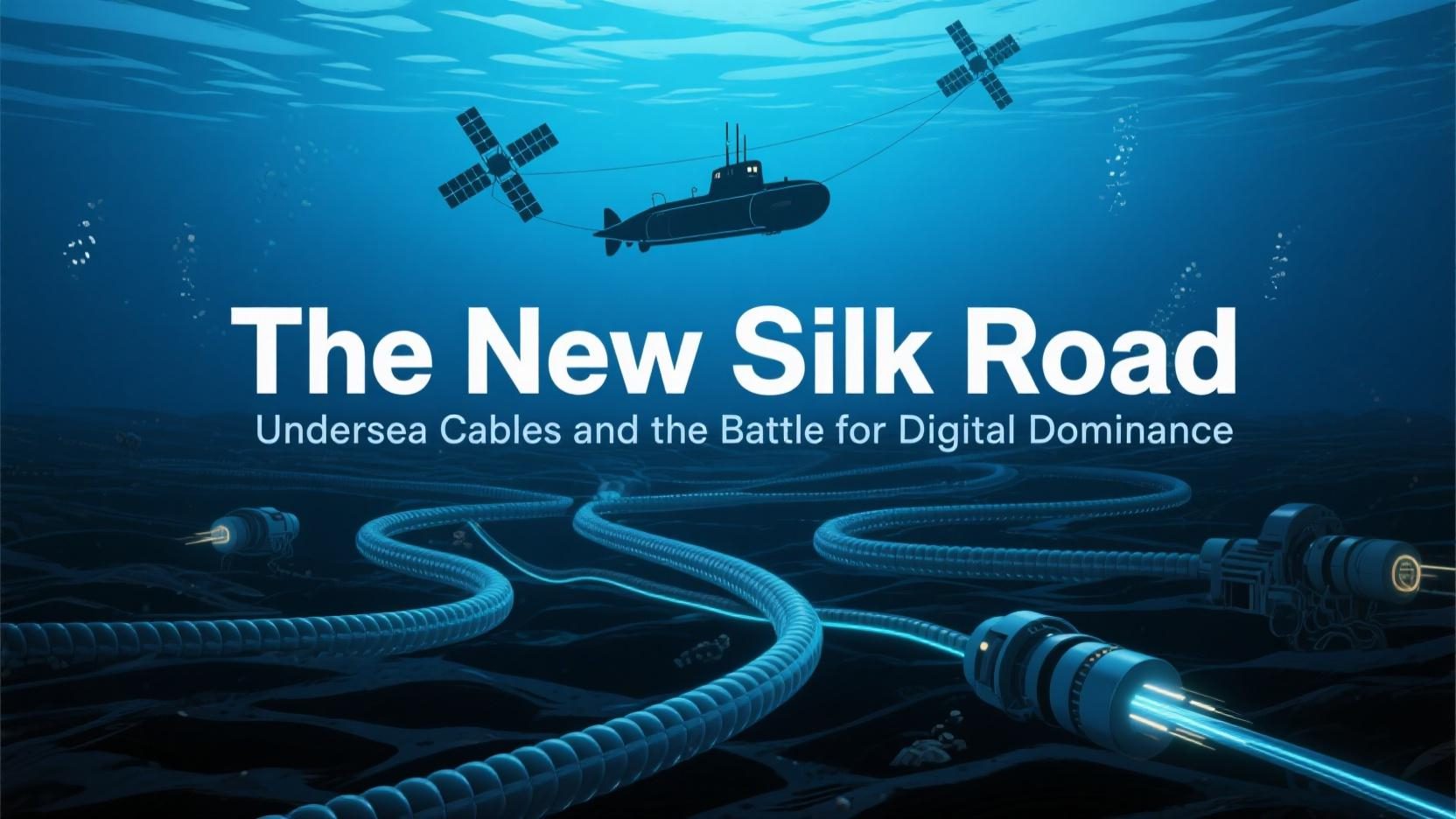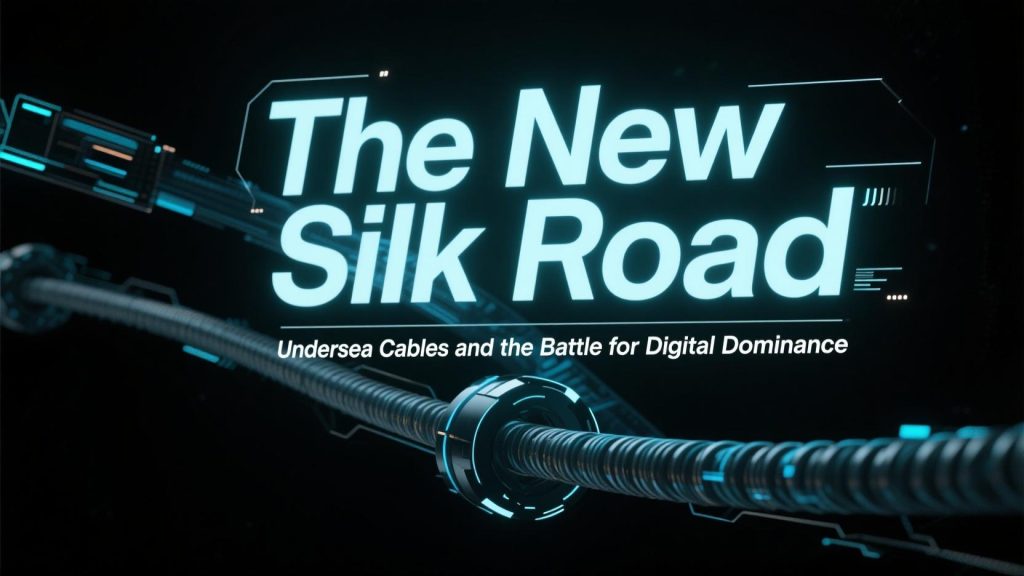In the 21st century, the heart of global commerce no longer rests solely on railways, airports, or shipping lanes — it pulsates deep beneath the oceans. The new Silk Road is a latticework of undersea fiber optic cables, carrying 99% of global internet traffic and facilitating over $10 trillion worth of daily financial transactions. The security, routing, and sovereignty of this digital infrastructure have become the hidden battle lines of global trade.
The Undersea Cables: Veins of the Global Economy
These cables, some as thin as a garden hose, connect continents, enable global payments, and carry the data that powers commerce, cloud computing, and artificial intelligence. Yet their critical role makes them a prime target for geopolitical rivalry:
-
🌐 The United States and its allies dominate much of the global cable network.
-
🇨🇳 China’s “Digital Silk Road” aims to build a parallel infrastructure, from the South Pacific to Africa and Latin America.
-
⚔️ New tensions arise as nations suspect surveillance or espionage via cable taps.
The New Risk Model
With every new route laid, global commerce faces fresh vulnerabilities:
-
⚡️ Physical Sabotage: In 2023, a mysterious attack on a Red Sea cable caused internet outages across three continents.
-
🕳️ Cyber Intrusion: Advanced state actors can intercept, manipulate, or slow down traffic, reshaping global economic and military dynamics.
-
📈 Economic Fallout: The loss of a single major cable can cause billions in trade delays and long-lasting market turbulence.
The New Trade Order
To mitigate these risks, nations and multinational alliances are reshaping global policies:
-
🔐 Cable Sovereignty Laws: New regulations enforce state inspection and joint oversight of critical infrastructure.
-
🌊 Redundant Route Investment: From polar cables across the Arctic to deep-sea links connecting remote archipelagos, redundancy is the new resilience.
-
🛡️ Quantum Encryption: To counteract surveillance, nations race to embed unbreakable quantum encryption within the cables.
The Strategic Imperative
In an era where every transaction — be it a global commodity trade, a cross-border loan, or a digital service — depends on the integrity of these underwater threads, control of the cables means control of commerce itself.

The New Rules of Power
-
Data is the New Oil. Undersea cables are its pipelines.
-
Security is Sovereignty. Without control, nations risk economic vulnerability.
-
Resilience is the New Trade Advantage. The ability to quickly reroute digital flows can define winners and losers.
Final Thought:
As nations and industries pivot from traditional trade routes to digital corridors, the New Silk Road emerges — hidden in the deep, pulsing with light. Those who secure its threads will command the economic tides of the 21st century.








